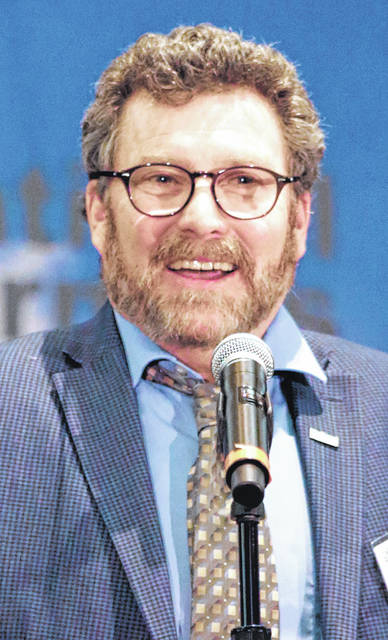
I recently finished doing the paperwork for a new USDA program, Conservation Stewardship Program. The program has some of the typical USDA projects that you would expect; fencing that is wildlife-friendly, water pipeline and water tank installation to entice cows out of the bottom of the creek, and rotational grazing. We applied and received an EQIP cost share about 15 years ago, and that was for fencing and water pipeline projects.
However, CSP has some interesting projects that I have not seen in other programs. We will be planting multiple types of plants that are good for pollinators. The goal is to have plants that are flowering during spring through fall. Over the past few years, I have read stories concerning issues with bees and colony collapse disorder. My wife and I feel that adding more plant species to our property that promote bees and other pollinators is a good idea. One thing I do know is that without pollinators, growing crops to feed both people and animals would be impossible.
We will also plan to include different tree species for wildlife on the edge of one of our hayfields. This will hopefully create better habitat for wildlife, especially upland game birds. This will include about three acres of various tree and shrub species. We will also fence off a small section of a creek and plant other shrubs to enhance the creek bed while shading it during the summer. Once the shrub species have established themselves we will remove the electric fence and let the cows utilize the shade.
We will also cut a small hayfield differently. We will leave one-third of the field standing for birds. This may sound counterproductive, but I think it will benefit us in the long run. Last year we had a bad drought and only got a third of a hay crop from our fields. This year seemed worse because we only got about a quarter of a crop. What we did notice is the part of some fields we left standing in 2021 had a better stand this year, not great, but better than most of the rest of our fields. I think it was due to the residual stand catching more snow than the cut areas. We will be excited to see if this practice will help our crops as well as the bird population.
I know not every USDA program is a fit for everybody. If my wife did not push CSP, I probably would not have applied for it on my own. We are dealing with a second bad year of drought and we worry about our pasture conditions, which is why we reduced our herd by a third. This will be our second year of not keeping heifers. Our feeling is that when nature pushes your farm hard, you have to make some changes to keep your land productive. Maybe we will learn that only cutting two-thirds of our hay field nets you more hay over time due to more snow capture. We will find out. I am glad that USDA is thinking a little differently and doing some testing with farmers and ranchers through programs like CSP. It is nice to know we are trying to change as nature changes.


